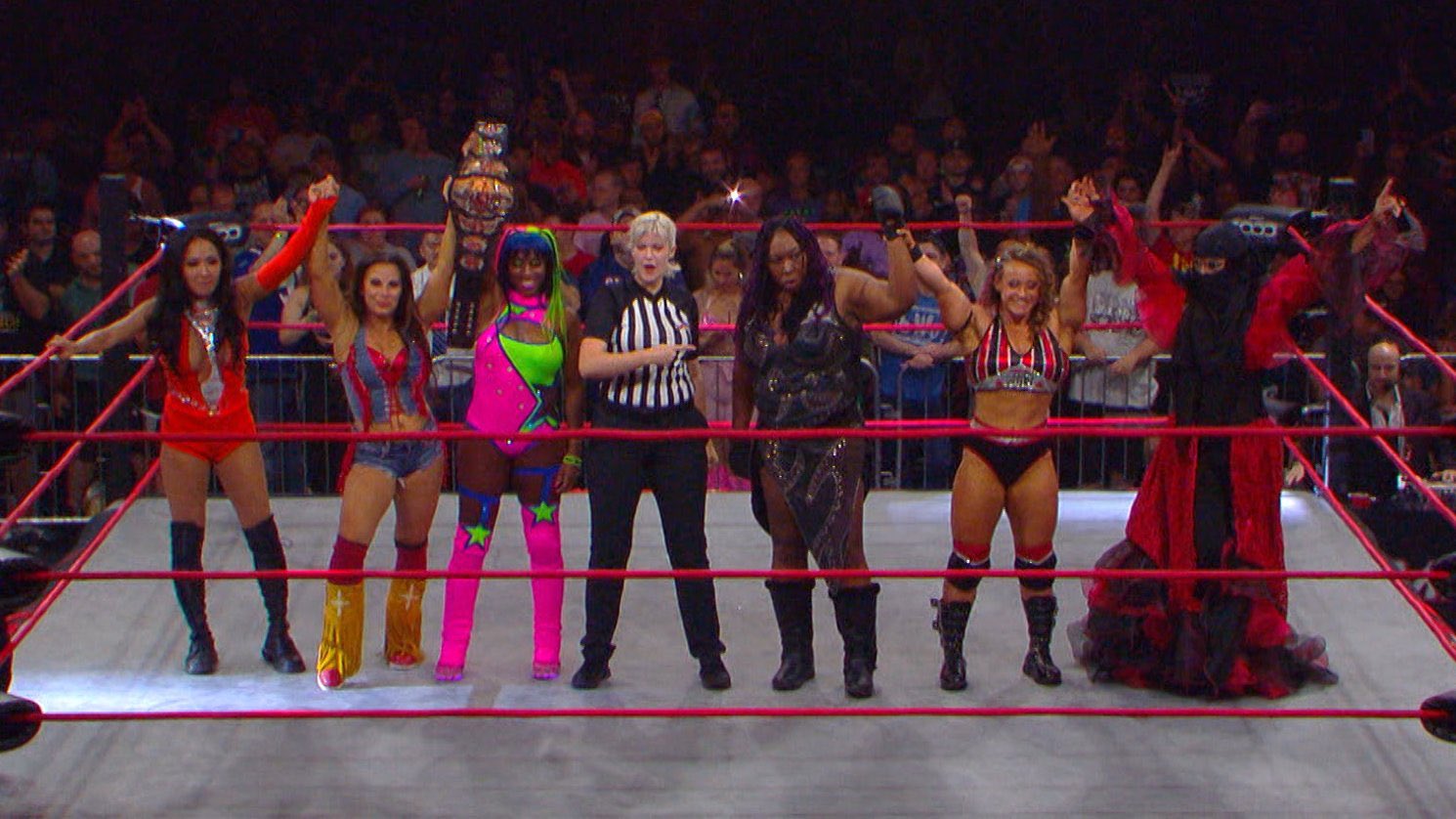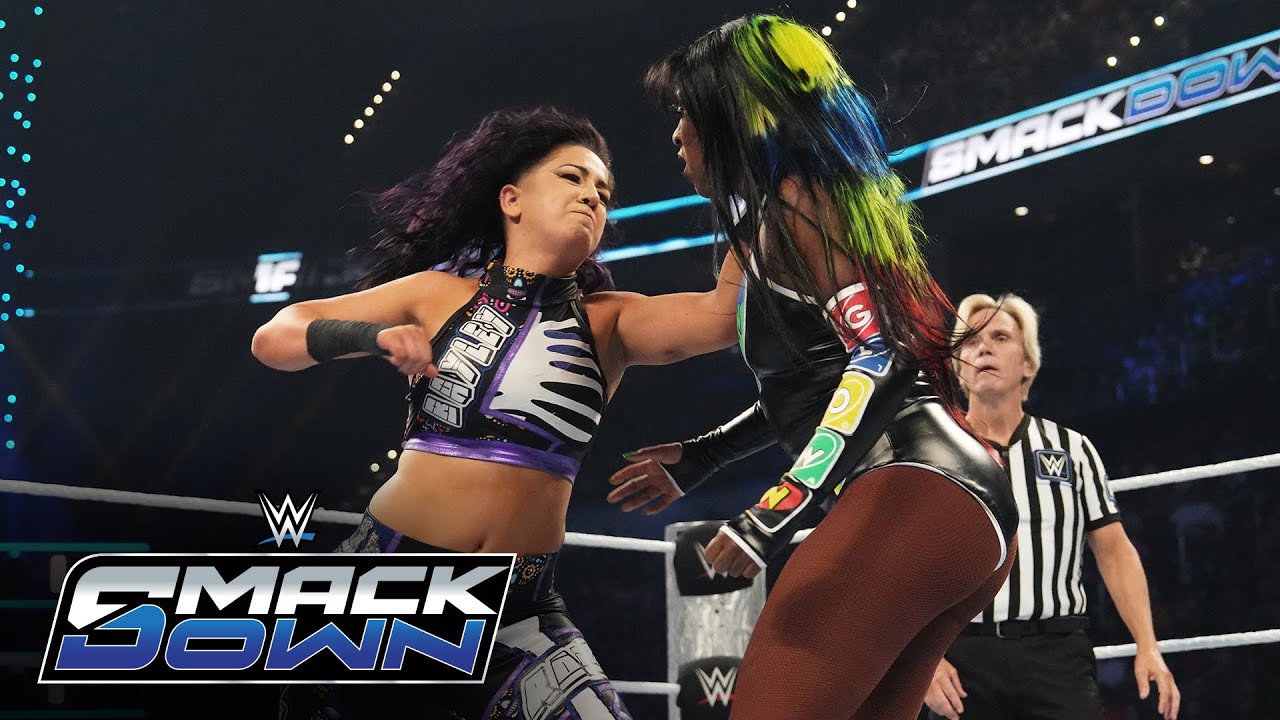The Evolution of WWE’s Production Techniques: From Pyro to 3D Graphics
World Wrestling Entertainment, popularly known as WWE, is at the cutting edge of popular entertainment. It has always managed to keep millions worldwide hooked with the perfect blend of athleticism, drama, and spectacle. Part of WWE’s slickness has been their production values, which have been continually and consistently ramped up so much over the years. From simple pyrotechnics in the early days to more complex 3D graphics and augmented reality used today, WWE production capabilities have kept pushing the envelope: enhancing viewer experience and setting new standards in live entertainment. This paper discusses the advances in WWE production techniques since then and offers a review of significant benchmarks and technological advancements that have framed the presentation style of the company.
Early Days: Special Effects and Simple Pyrotechnics
With WWE in previous World Wrestling Federation days, production techniques were relatively simple compared to the levels these days. There were the basic in-ring actions; otherwise, visual effects were not that intricate. However, even in these early stages of wrestling, WWE understood the importance of creating a spectacle that would captivate audiences.
Pyrotechnics
The most visible investment and significant improvements in the WWE production business were found in the introduction of pyrotechnics. Pyro was the way WWE events became more intense and more extensive. Superstars of the WWE used to come in with a bang in the form of fireworks, which made it so dramatic and unforgettable for the onlookers. Key moments were usually shown with pyrotechnics: a championship won, or some crucial point in the storyline.
Pyro was spectacular not only for the visual effects but also contributed to the overall setting of any particular performance arena. The sound of explosions echoing in venues would spark up the energy and enthusiasm experienced during live events, making it all easy and breathable for fans to get an exceptional experience in local venues.
Lighting and Sound
In tandem with the pyrotechnics, the WWE has experimented with dynamic lighting and sound effects that elevate the entire show. Spotlighting is sometimes brought in to help the audience focus on specific entrances and even particular high points of the matches. The environment was made very dynamic and visually compelling using colored lighting and smoke effects.
Sound effects were a significant contribution in following the WWE events drama. When a wrestler’s entry starts, punctuated by an opening theme, music and pyrotechnics synchronized with the beat of the music, nothing could be more exciting or could build up anticipation quite like the effect of all those elements. These would be integrals, the integrals that the early production techniques served in building WWE with all possible innovations towards delivering an absorbing and involving viewer experience.
The 1990s: Technological Improvements and the Monday Night Wars
The 1990s, a time of massive technological improvement for the WWE, were alluded to also as the “Monday Night Wars.” With exceptional fervor and passion, WWE spent oodles of money on production enhancements with several groundbreaking innovations.
Titantron and Entrance Videos
One of the most iconic advancements during this period was the creation of the Titantron—an incommensurate big video screen above the entrance ramp. The Titantron made it possible for WWE to broadcast the entrance videos for its Superstars as the level of character and presentation became crisper. These video presentations contained highlights synchronized with background graphics and animations relevant to the wrestling persona, bringing fans closer to these shows.
The Titantron also played a vital storyline role, allowing WWE to use replays, promotional videos, and live segments to carry the story backstage. This innovation did not only promote WWE shows but also had a vehicle to tell the stories, thus turning out to be a vital part of the company’s production.
Advanced Pyrotechnics and Special Effects
The 1990s brought more elaborate and detailed effects that were applied to make both the entrance and the key moments of the wrestlers more dynamic. From there, WWE began to recreate the character of each wrestler specifically; for example, The Undertaker received fiery red or Kane’s fiery red explosions, which appeared in his performances. This goes a long way to enhance the creativity of the character and make their entrances even more memorable.
Special effects were also made for creating different scenic or storytelling and match creations. An example was taken when an Inferno Match was ignited outside the ring, wowing spectators and presenting the ability of WWE to venture into new dimensions of how wrestling promotions are offered.
2000s: High Definition and the Digital Revolution
The turn of the millennium took no prisoners, as the development of digital media almost single-handedly changed the backstage production techniques of the WWE. From new HD technology to the capacity of digital graphics, the visual quality of the WWE programming was essentially scaled up to levels it had never reached before. In contrast, new elements helped increase the audience experience even further.
High-Definition Broadcasting
WWE went on air in high definition back in 2008. Since then, the visual experiences offered by its shows changed for the better to bring crisp content to their passionate viewers. This has brought a new light to show the WWE events with improved video quality, watched clearly and much better than ever, enhancing the experience for the viewers. Transitioning to HD required much more profound production equipment and improvement in lighting and set design, which began to reveal a more professional image of the product.
Augmented Reality and Digital Graphic
It was a marriage of graphics and special effects in WWE—a new era that attended the digital revolution and the advent of digital graphics, virtual or AR. It showed a new experience for WWE viewers with all sorts of graphics: AR elements, virtual graphics, and animations used for set decorations, entrance themes, match presentations, and promotional segments.
It is, for instance, a great example: the augmented reality that went all over the WrestleMania events. It put AR to larger-than-life use to create elements like 3D animations of the logos of the wrestlers, designs of the sets, and the virtual environments that change the arena.
What do these innovations do to add a bit of excitement for fans to one of the most significant events in WWE?
Improved Camera Work and Cinematic Presentation
Changing camera technologies and shooting techniques have significantly influenced the course of evolution in WWE production. WWE has also advanced in a good number of camera techniques and shots to exemplify the action from different angles, hence contributing much to the action stories or the intensity of the matches. The involvement of drones, steady cams, and slow-motion replays has given WWE a new cinematic touch in its presentations, and things look so lively and dynamic while being viewed.
The entry of cinematographic matches, for instance, the Boneyard Match between The Undertaker and AJ Styles at WrestleMania 36, struck an outstanding balance between classic wrestling and cinematic storytelling. Held at singular settings with high-end production, these matches captured the audience’s imagination by practically bringing a new and imaginative way of how WWE stories could be told, based on creativity and props.
The 2010s and Beyond: High-Tech and Immersive
The 2010s and beyond have put WWE at the forefront of pushing its production technology to the limits by embracing the most cutting-edge innovations to bring fans an all-immersive experience they will never forget.
3D Graphics and Virtual Reality
WWE stands to gain from operations that leverage 3D graphics and VR technology in its production arsenal. WWE has easily threaded 3D graphics to be part of the shows in maximizing ring entrances, general presentation of matches, and promotional segments. They add tremendous depth to realistic visuals, so WWE’s presentation of their events is continually compelling to the viewers.
Virtual reality has also shaken the reins in WWE’s production techniques. The company has even experimented with some VR ways that it hopes will give fans an immense experience and make them feel like part of the action. VR experiences are bringing this excitement in either 360-degree or VR-enabled matches, giving fans in that auditorium a closest-to-real perspective and vivid in-ring live sporting image.
Advanced Lighting and Set Design
Over the years, WWE has tirelessly updated its lighting, among other enhancements in the design of the arena, to provide a brilliant look for its events. These innovations present in use were such that the LED screens and intelligent lighting systems are coordinated with dynamic color schemes, which could instantly refresh WWE arenas and, in fact are being called vibrant and lively. It is mainly through these enhancements that a great surrounding experience at these live events has grown to excite the audience that has watched these events on-site or on home television.
One of the set decorations: as time goes by, in each edition of WrestleMania, SummerSlam, and Royal Rumble, WWE customarily makes thematic and elaborate sets. These sets incorporate intricate working decor, giant props, and interactive elements, building upon the spectacle and grandeur WWE can put forward with its television’s flagship shows.
Interactive Fan Engagement
WWE has always survived amidst change, mainly the employment of technology that will increase engagements and interactions with their fans. A total game-changer, the WWE Network is a video streaming service that was available on subscription, which allowed fans to watch anything WWE they wanted at whatever time in one place. It provided fans with a vast archive of past events, special offers, and live broadcasts for viewing anywhere and anytime.
Plans are said to attribute significant importance to the employment of social media in their production and fan engagement. Here, they make good use of different platforms like Twitter, Facebook, and Instagram through which they can interact with their fans by sharing with them their backstage details and storylines. The use of social media has, in general, given the audience a place to coalesce – and, in its stead, helped WWE establish a global family of supporters. The Impact of COVID-19: Innovation in Adversity The unprecedented challenge posed by the pandemic has caused WWE to change its production techniques and search for new ways to remain afloat within the new normal. With live audiences not permitted to attend events, the WWE put in place several out-of-the-box solutions to still maintain the excitement and engagement of its programming.
The WWE ThunderDome
In response to the ongoing pandemic, WWE introduced the Thunderdome—a state-of-the-art setup of production that involved the use of LED screens, advanced lighting, and virtual fan participation. The Thunderdome lets fans be a part of the event remotely with a further enhanced feel of presence through the LED screens around the ring. What has been seen as innovative electric hype and said to give a sense of gut feeling from live energy will furnish its way onto the screen like never before. Background crowd noise and reaction were combined with sound effects to give the Thunderdome the semblance of a regular, live event. This just went on to show the greatness of adaptiveness and creativity on the side of WWE in overcoming such a pandemic and ensuring constant interest and fun for its fans.
Cinematic Matches and Remote Productions
The matches and remote production available with WWE were also accelerated during the pandemic, with pieces like the Firefly Fun House match between John Cena and Bray Wyatt or the staged atop-WWE headquarters ladder match for the Money in the Bank event, capturing all of what WWE can be at its best—adaptive and inventive. Those were location shots of unique places but with added cinematic touches to bring about great new forms of entertainment story-making. Remote Productions helped WWE to continue generating content during restrictions on live events. The company’s determination to deliver remarkable programming in the face of accompanying challenges underscored its commitment to fans and the company’s potential to evolve and innovate.
Conclusion
The evolution of WWE’s production techniques is one of the few things that stand with the words “innovation” and “excellence” in sports entertainment. From pyrotechnics to primary effects at the company’s inception to today’s 3D graphics, augmented reality, and even virtual fan engagement, WWE has continued to push the envelope of live entertainment’s very definition. Each advance in technology has enriched the audience’s experience, creating an immersive dynamism with visual ornateness to make WWE events more enveloping with each passing time. With each technological development, WWE is always ahead of the game and redefines the standard, and holds people’s interest from all over the world. Future ideologies of WWE’s production techniques promise much, with the company finding ways of getting in closer touch with the fans and creating life-long memories for them. Whether it means virtual reality experiences, engagement with the fans on an interactive level, or the first-of-its-kind innovative work in cinematic presentation, WWE’s commitment to raising the bar continues to set the standard in sports entertainment around the globe.

















